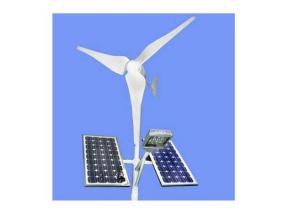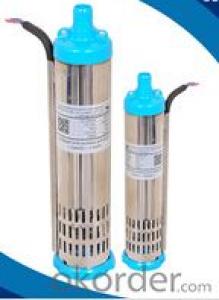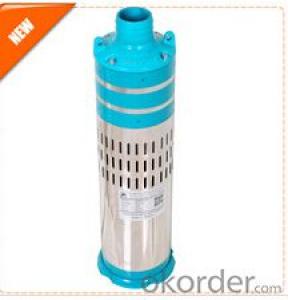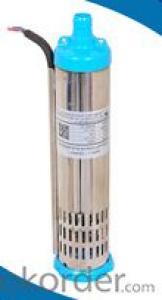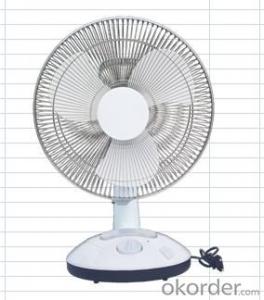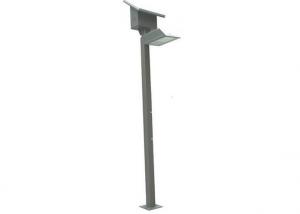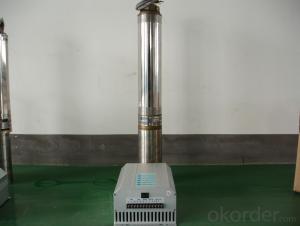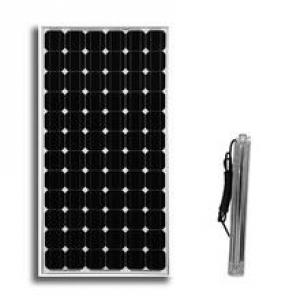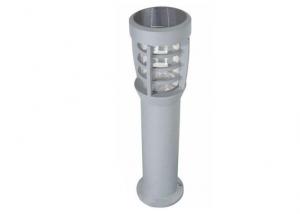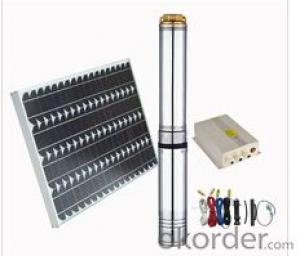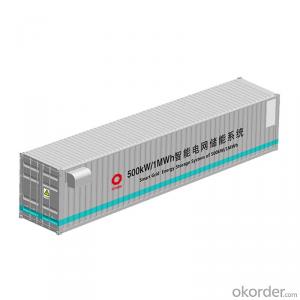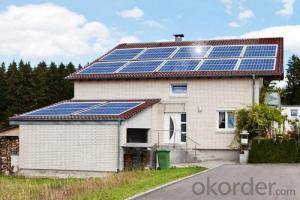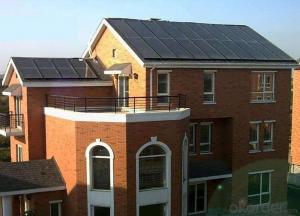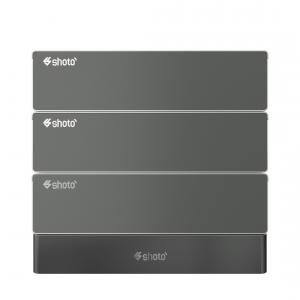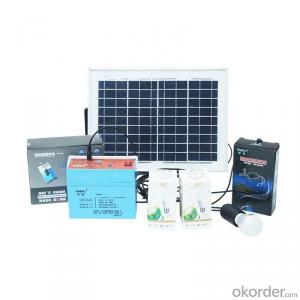Solar Farm Inverter Station
Solar Farm Inverter Station Related Searches
Solar Farm Inverter Inverter Solar Farm Inverter For Solar Farm Solar Plant Inverter Solar Inverter Factory Solar Power Plant Inverter Solar Field Inverter Solar Solar Inverter Solar Pump Inverter Solar Storage Inverter Solar Smart Inverter Solar Inverter Shop Inverter Solar Pump Solar City Inverter Solar Power Inverter System Inverter For Solar Power Plant Solar Ark Inverter Solar Home Inverter Inverter Pump Solar Inverter In Solar Power Plant Solar Converter Inverter Solar System Inverter Solar Inverter Company Solar Inverter System Sunshine Solar Inverter Sun Solar Inverter Solar Power Bank Inverter Smart Inverter Solar Solar Battery Inverter Solar Electric InverterSolar Farm Inverter Station Supplier & Manufacturer from China
Solar Farm Inverter Station is a crucial component in the solar energy conversion process, integrating various devices such as inverters, transformers, and control systems to optimize the efficiency of energy generation. This station plays a pivotal role in transforming the direct current (DC) generated by solar panels into alternating current (AC), which can be easily integrated into the power grid or used for local consumption. The technology employed in these stations is designed to maximize energy yield and minimize losses, ensuring a reliable and efficient power supply.The Solar Farm Inverter Station is widely used in various applications, including large-scale solar farms, commercial rooftop installations, and residential solar systems. These stations are essential for harnessing the power of the sun and converting it into usable electricity, making them a key element in the transition towards renewable energy sources. They are also utilized in off-grid systems, where they provide a stable power supply to remote locations or during emergencies when the main power grid is unavailable.
Okorder.com is a reputable wholesale supplier of Solar Farm Inverter Station products, boasting a vast inventory that caters to the diverse needs of customers worldwide. With a commitment to quality and customer satisfaction, Okorder.com offers a comprehensive range of inverter stations, ensuring that clients can find the perfect solution for their specific energy requirements. Their extensive stock and competitive pricing make them a preferred choice for businesses and individuals seeking to invest in sustainable energy solutions.
